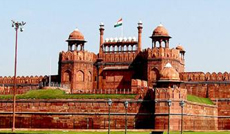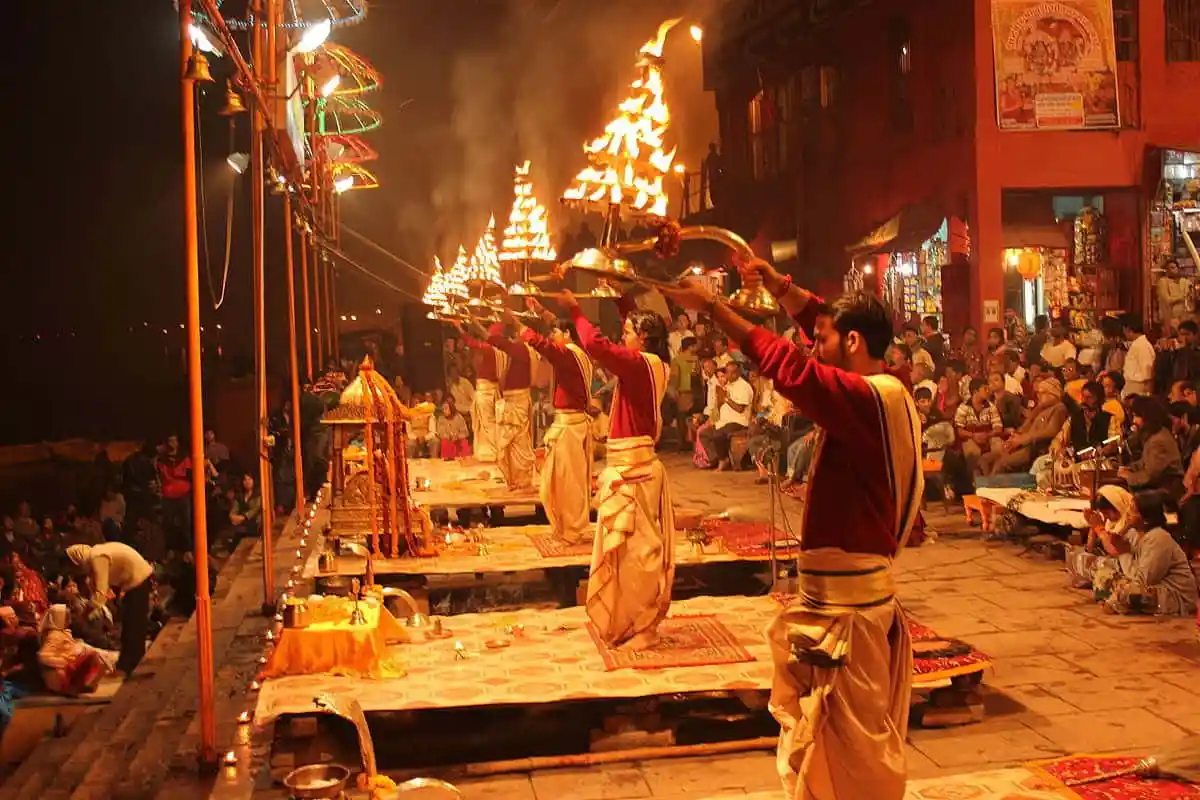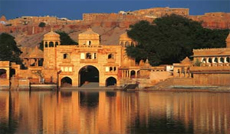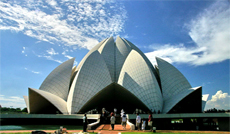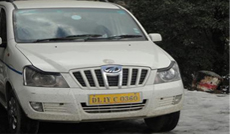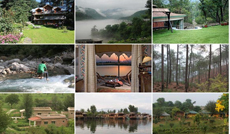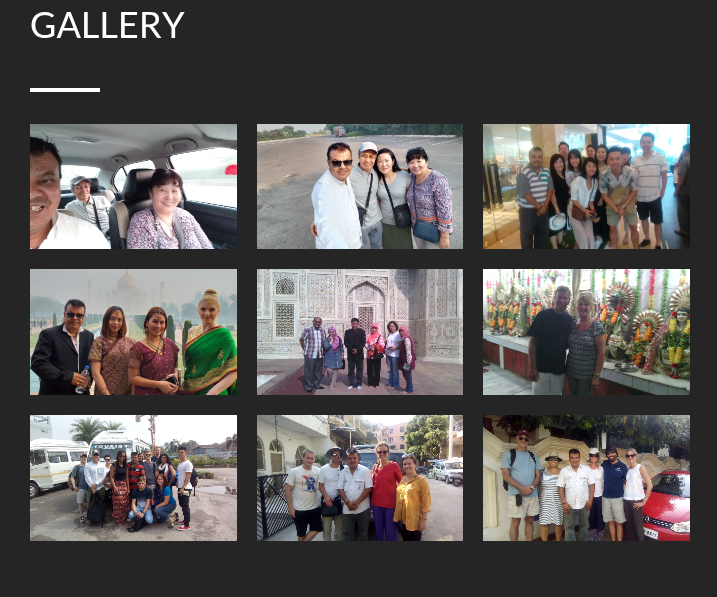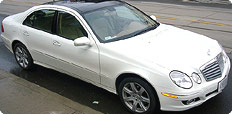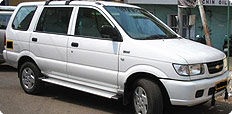Udaipur is the jewel of the Mewar kingdom, ruled by the Sisodia
dynasty for 1200 years. The foundation of the city has an
interesting legend. Maharana Udai Singh, the founder, was
hunting one day when he met a holy man meditating on a hill
overlooking Lake Pichhola. The hermit blessed the Maharana and
advised him to build a palace at this favorable spot with a
fertile valley, a lake, an agreeable altitude, and an
amphitheater of low mountains. Maharana followed the advice and
founded the city in 1559 A.D.
How to Reach
By Air
Udaipur is well connected to major cities including Delhi,
Mumbai, Kolkata, Jodhpur, and Jaipur.
By Train
Udaipur is connected to many major cities of India. There are
daily trains from Delhi and Jaipur, with the daily Chetak
Express being the best option between Delhi and Udaipur. Trains
take around 12 hours from Jaipur to Udaipur.
By Road
Rajasthan Roadways runs comfortable deluxe and air-conditioned
buses from Jaipur, Delhi, and Ahmedabad to Udaipur. Roads are
good, and it takes around 8–9 hours from Jaipur. Taxis are also
available from Jaipur and Ahmedabad.
Places to See
City Palace
The City Palace complex is a conglomeration of buildings added
by various Maharanis, retaining surprising uniformity of design.
Started by Maharana Udai Singh II, the palace is surmounted by
balconies, towers, and cupolas with wonderful views over the
lake and city.
The main entrance is from the northern end through the Baripol
(1600) and Tripolia Gate (1725) with eight carved marble arches.
The Badi Chowk houses shops selling handicrafts and a money
exchange facility. The main palace is preserved as the City
Palace Museum, containing armoury collections, mirrors, tiles,
paintings, and exquisite miniature collections. Notable sections
include Manak Mahal (Ruby Palace), Krishna Vilas, Teh Moti
Mahal, Chini Mahal, Surya Chopar, Mor Chowk (Peacock Square),
Bari Mahal, and Zenana Mahal.
Note: Photography is not permitted in Krishna
Vilas.
Saheliyon ki Bari
Situated in the north of the city, this well-maintained garden
features fountains, kiosks, a lotus pool, marble elephants, and
a small museum with stuffed cobras.
Kumbhalgarh Fort
65 km north of Udaipur, Kumbhalgarh is historically significant,
built by Maharana Khumbha in the 15th century. At 1100m atop the
Aravalli Range, its thick walls stretch 36 km and include
temples, palaces, gardens, and water storage facilities. The
Kumbhalgarh Wildlife Sanctuary is nearby, home to wolves,
four-horned antelopes, leopards, panthers, sloth bears, and
various birds.
Jagdish Temple
Located 150 m north of the City Palace entrance, this Indo-Aryan
temple built by Maharana Jagat Singh in 1651 enshrines a black
stone image of Vishnu as Jagannath. Steps are flanked by
elephants and a brass image of Garuda is in front of the shrine.
Pichola Lake
Lake Pichola was enlarged by Maharana Udai Singh II. The masonry
dam, Badipol, creates a 4 km by 3 km lake. The City Palace
stretches along the east bank. In severe droughts, it is
possible to walk to Jagniwas and Jagmandir islands. Crocodiles
inhabit remote sections near the shore.
Fateh Sagar
Surrounded by hills, Fateh Sagar was originally built in 1678
and reconstructed by Maharana Fateh Singh. A canal links it to
Swaroop Sagar and Rang Sagar Lakes. Nehru Park, a garden island
with a boat-shaped cafe, is in the middle of the lake. Boats can
be taken from Moti Magri to reach the island.
Pratap Memorial
Atop Moti Magri (Pearl Hill), overlooking Fateh Sagar, is a
statue of Maharana Pratap riding his horse Chetak. The path to
the top passes pleasant gardens, including a Japanese rock
garden.




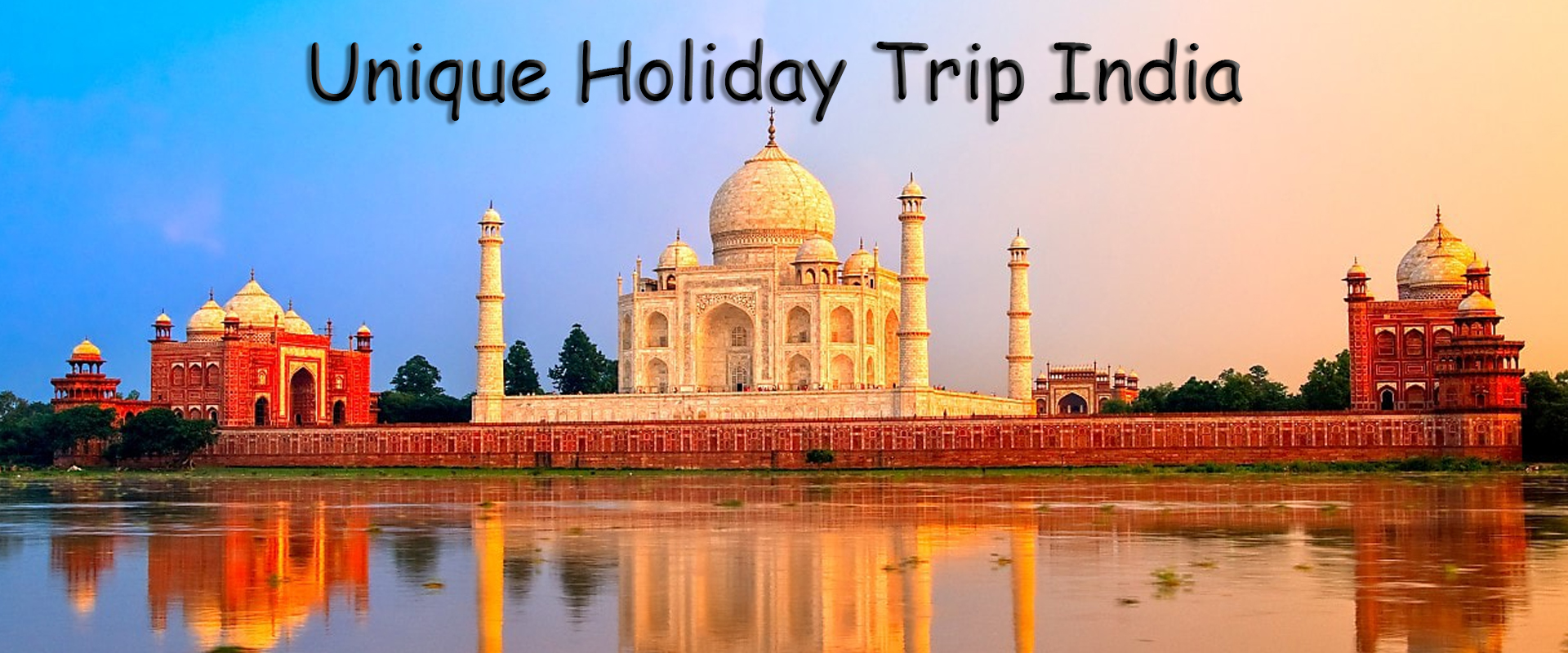

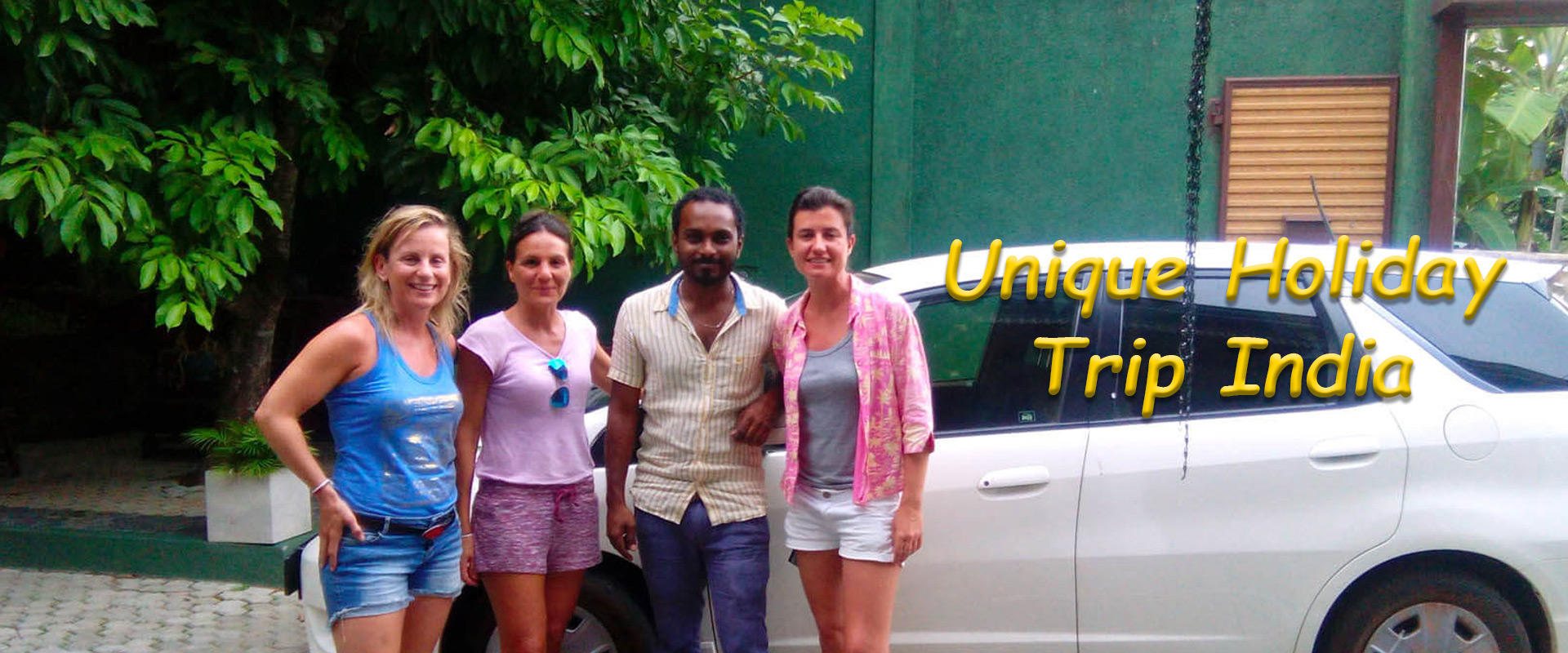
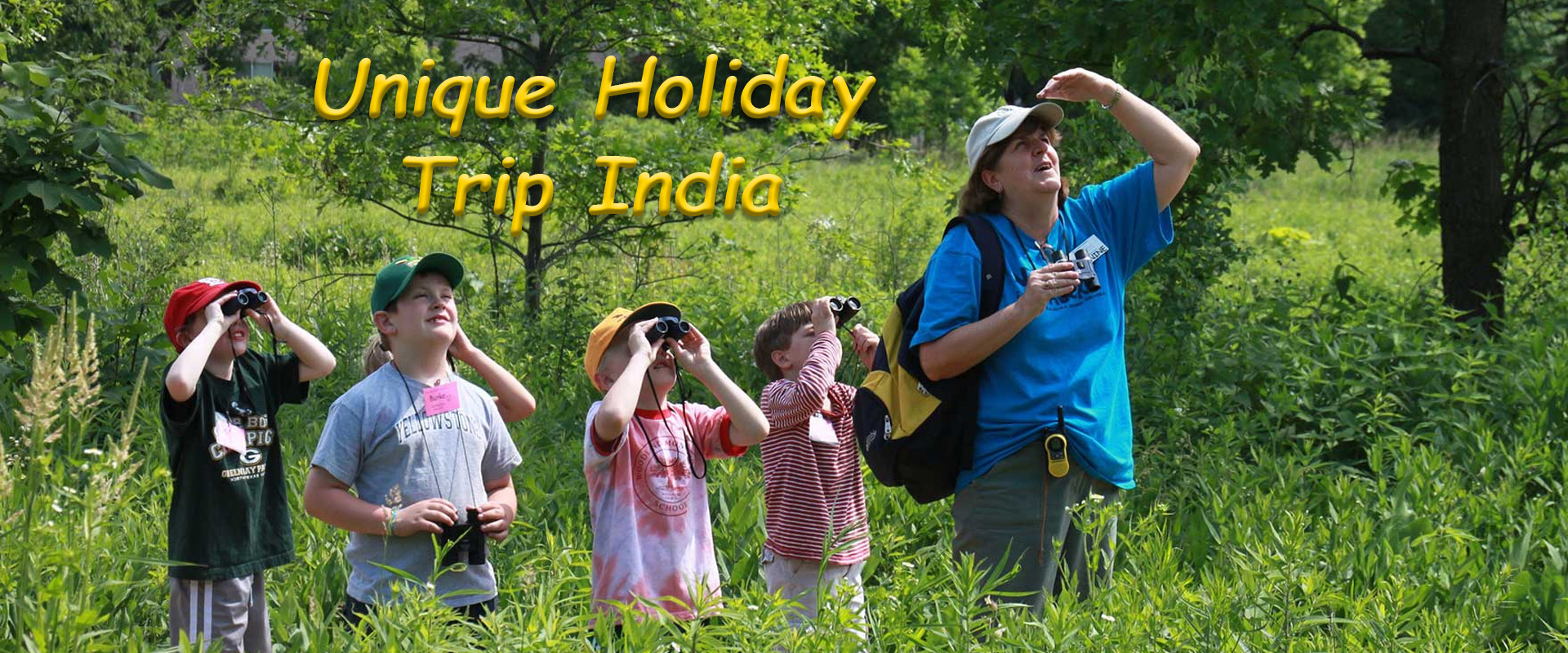

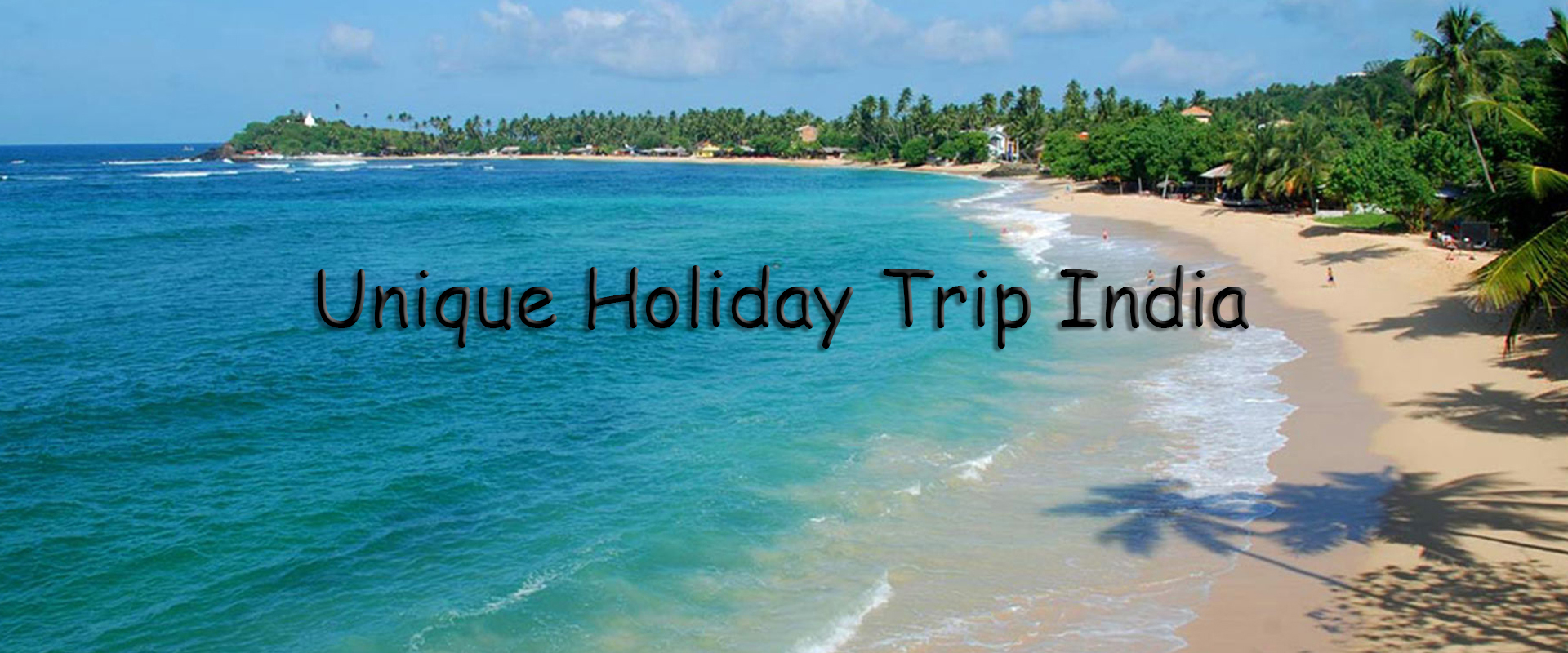
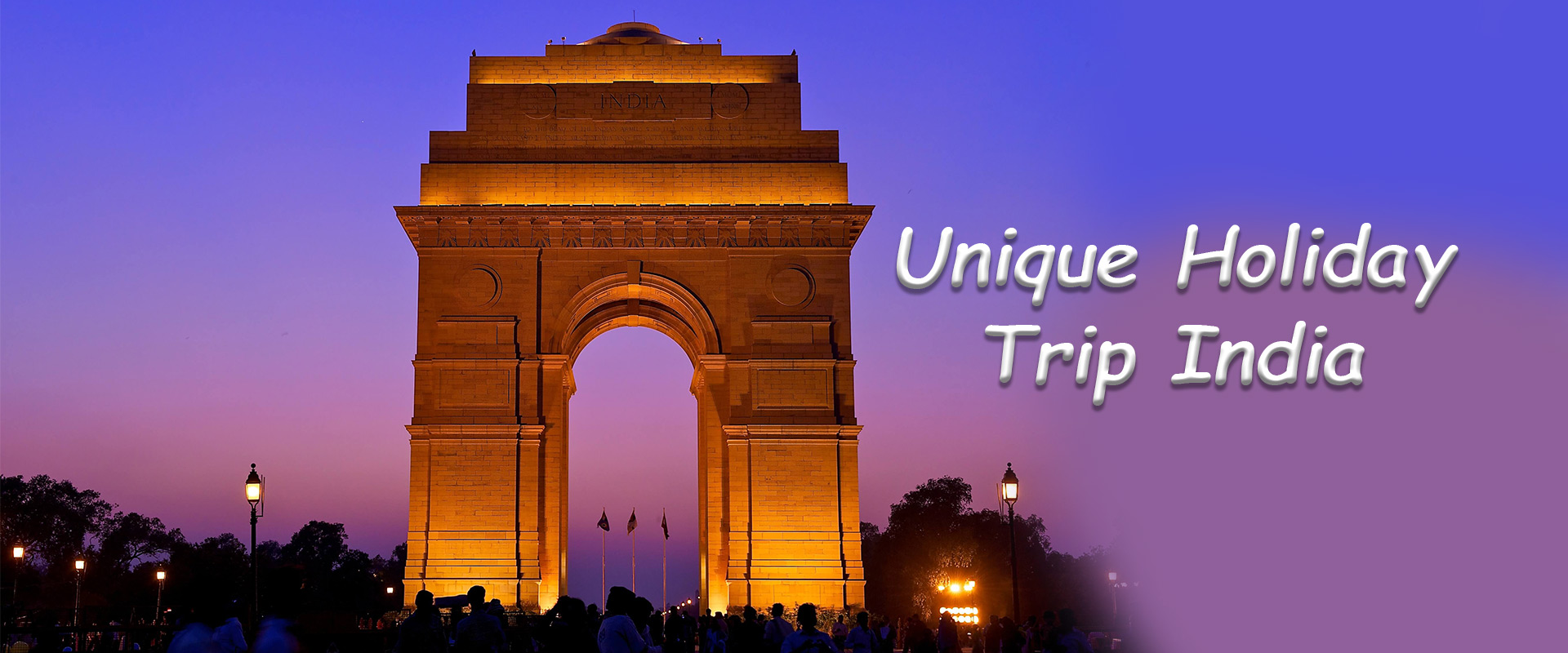
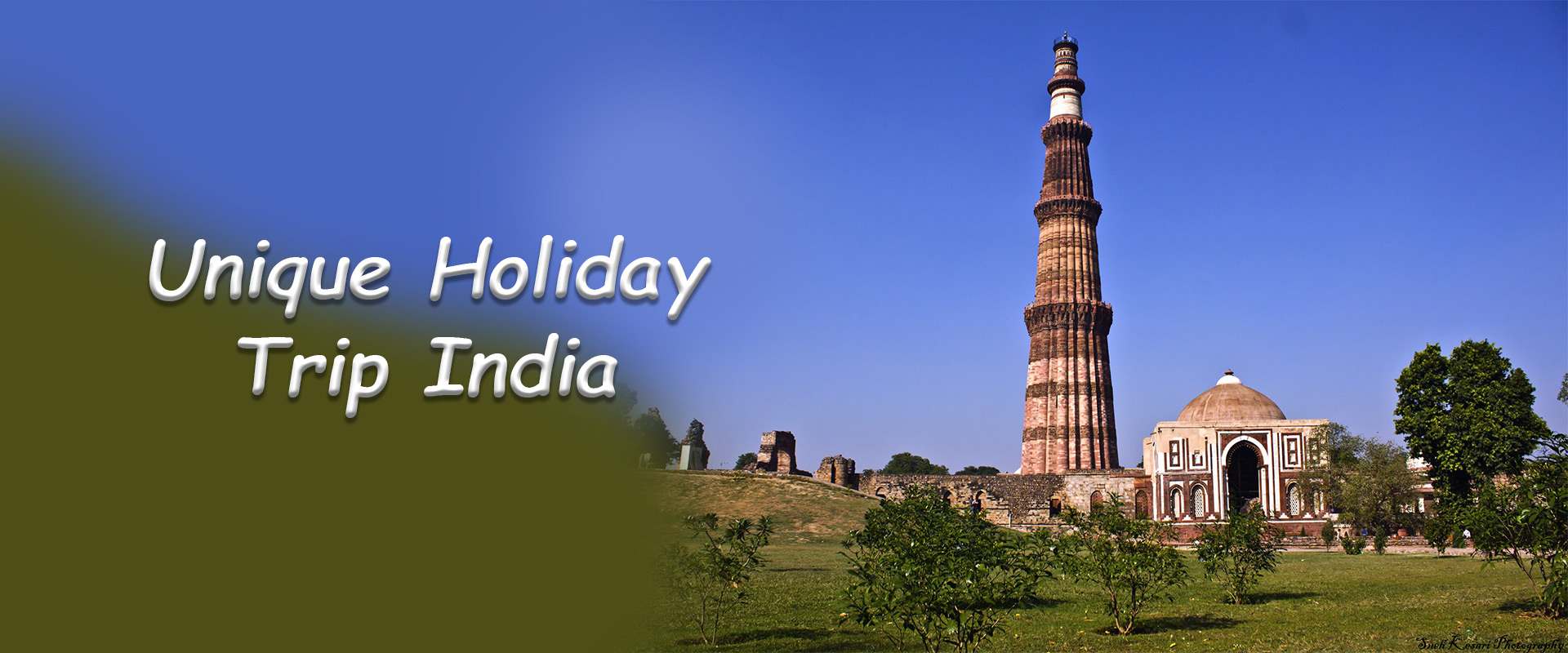
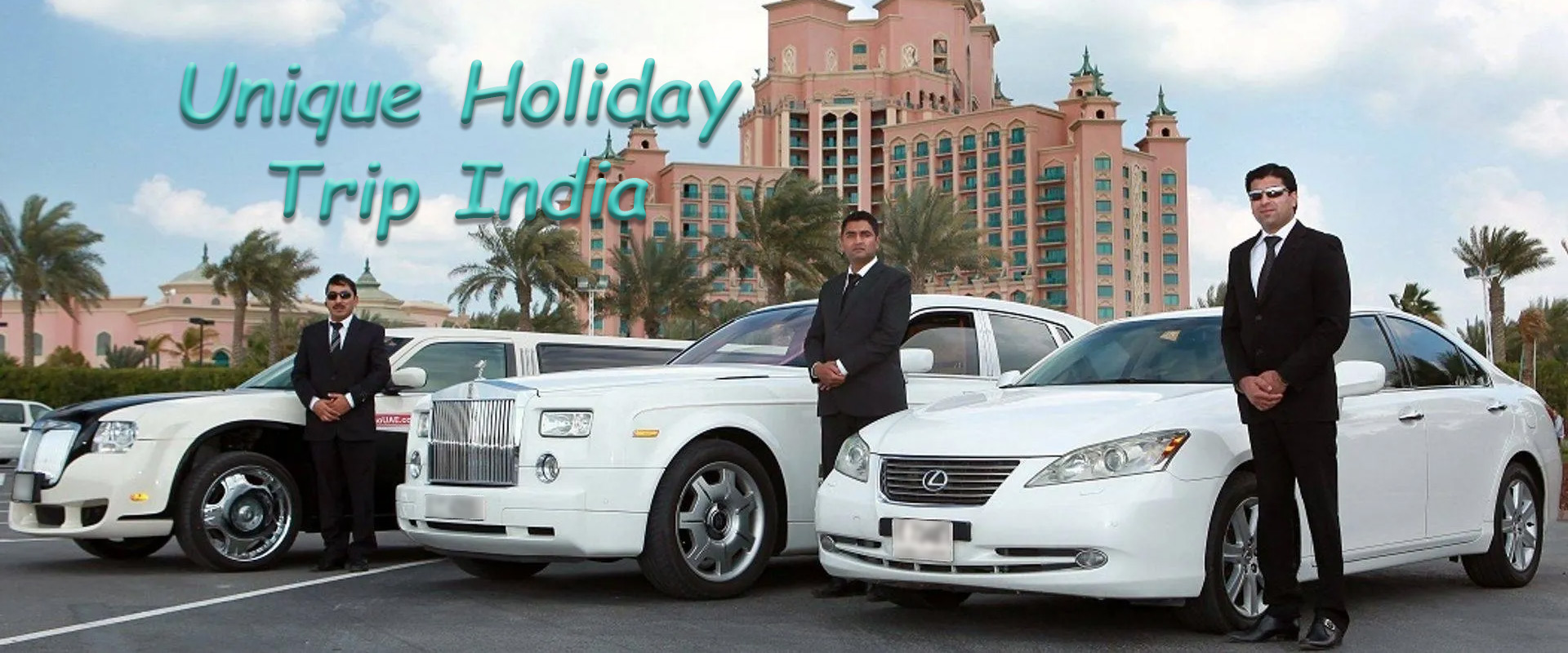
.jpg)




.jpg)



